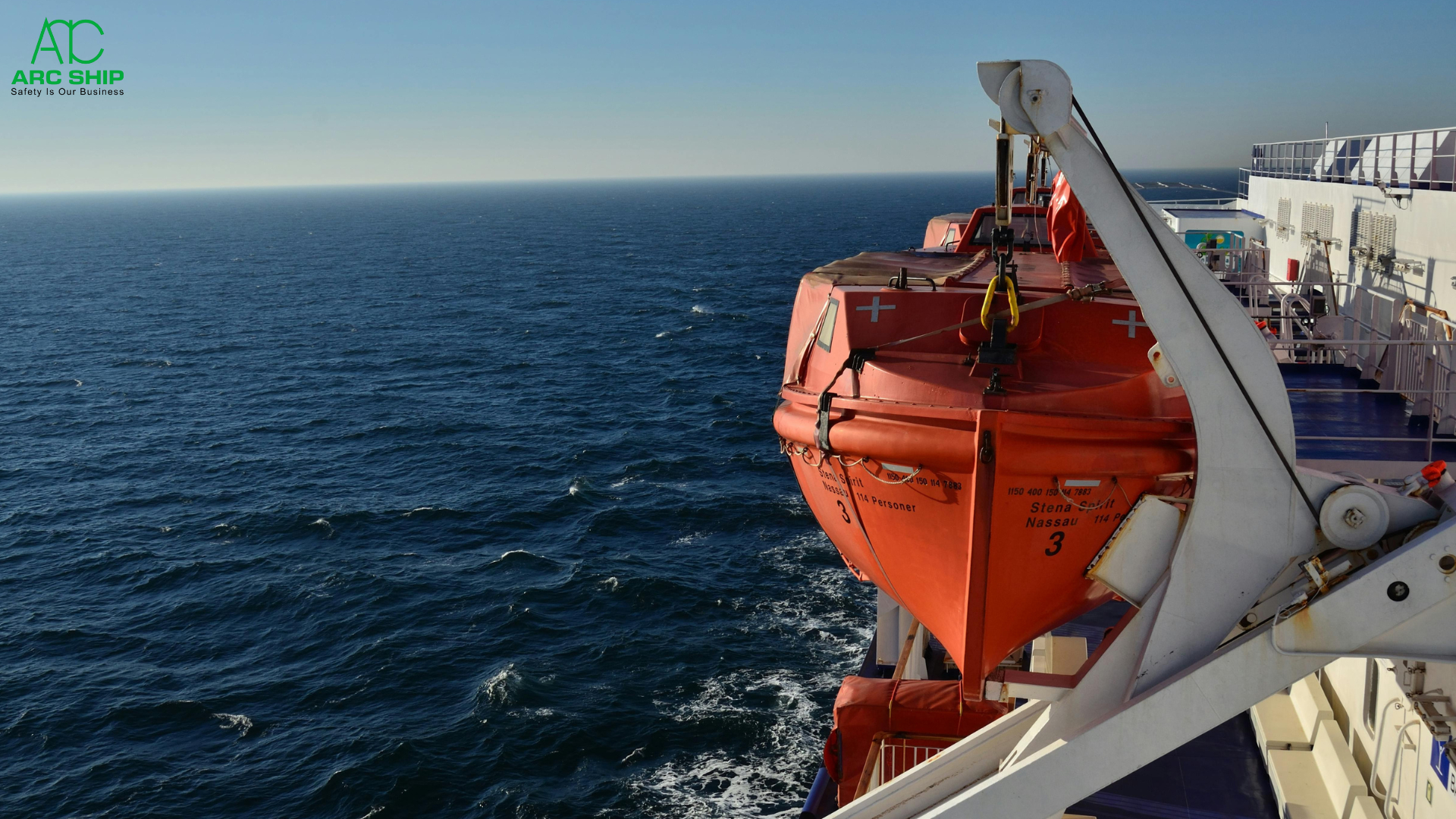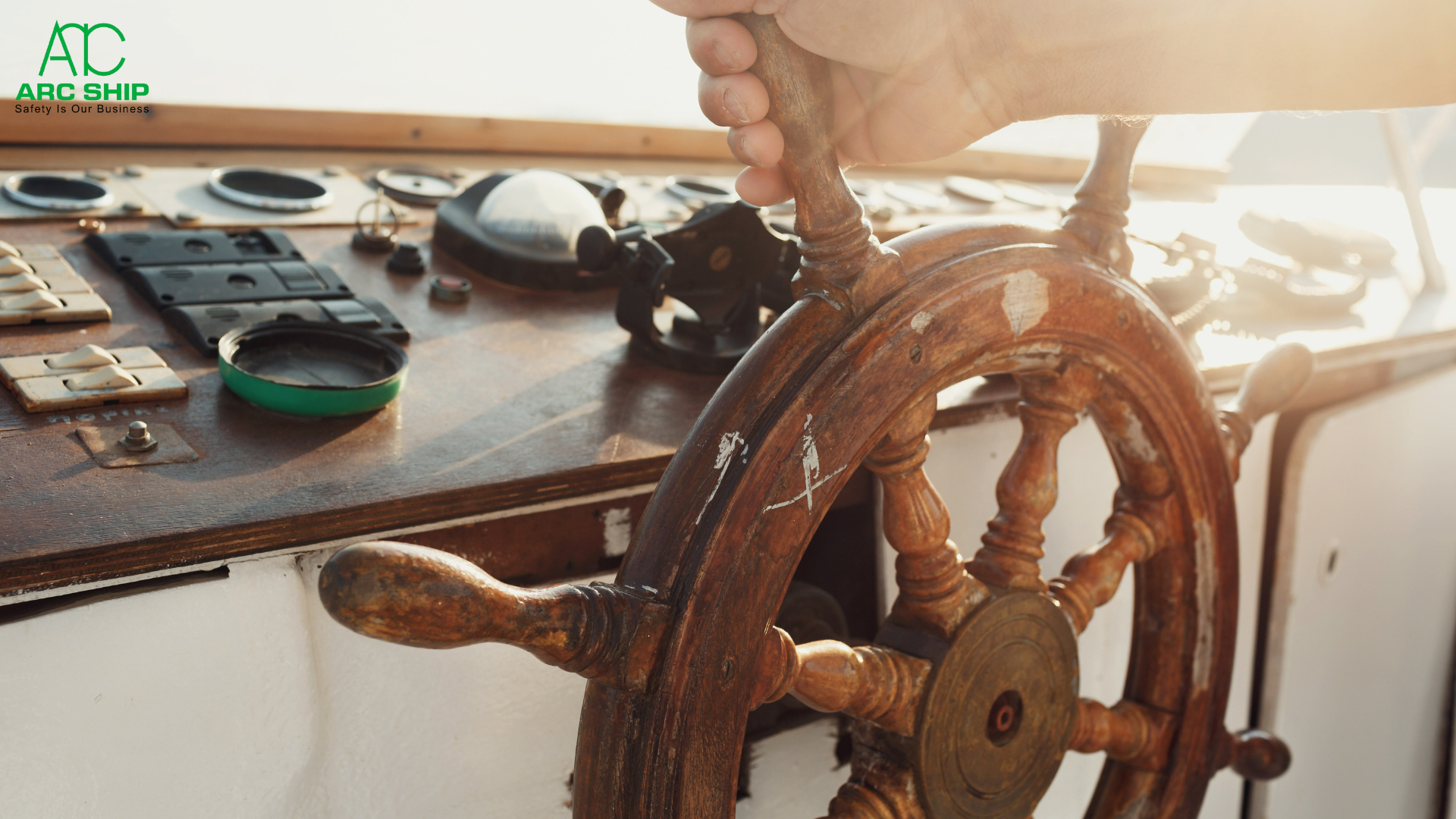Life-Saving Appliances LSA and SOLAS Guide at Sea: Safeguarding Lives Beyond the Horizon
The ocean offers vast opportunities for trade and exploration, but...


The ocean offers vast opportunities for trade and exploration, but it also conceals dangers that demand vigilance. Safety at sea is non-negotiable, and that’s why Life-Saving Appliances (LSA) and the SOLAS (Safety of Life at Sea) convention exist. Together, they form the backbone of maritime preparedness, ensuring that when disaster strikes, ships are equipped to protect every life onboard.
Table of Contents
ToggleMaritime disasters throughout history have reshaped the way we approach safety. The Titanic tragedy of 1912, which sparked the birth of SOLAS, highlighted the need for robust international safety standards. Today, SOLAS is universally recognized as the most important treaty governing maritime safety, requiring vessels of all types to carry approved LSAs.
LSAs are not optional. They are lifelines designed to provide buoyancy, visibility, communication, and survival until help arrives. Whether it’s a cargo ship crossing oceans or a ferry transporting passengers, every vessel must comply with SOLAS to reduce risks and safeguard human lives.
Lifejackets are the simplest yet most effective life-saving devices. They keep individuals afloat and visible during emergencies, often equipped with whistles, reflective tape, and LED lights. Immersion suits go a step further, offering thermal insulation in freezing waters, buying survivors valuable hours until rescue.
Lifeboats are built as robust, enclosed crafts capable of withstanding harsh seas and fire. Liferafts, on the other hand, are inflatable, compact, and designed for rapid deployment through hydrostatic release units. Both are critical, providing immediate refuge when abandonment becomes unavoidable.
In vast oceans, visibility is survival. Distress signals such as parachute flares, smoke signals, and line-throwing appliances transform isolation into recognition. Coupled with GMDSS (Global Maritime Distress and Safety System) radios, they form a communication bridge to rescuers, ensuring cries for help are heard and answered.
Every vessel must carry LSAs proportional to its size and crew. These include lifeboats for all, liferafts for redundancy, and signaling equipment. The standards are not arbitrary they’re meticulously designed to ensure survival in diverse emergencies, from fire to collision to capsizing.
Equipment alone is not enough. Crew readiness is what transforms tools into life-saving assets. SOLAS mandates regular drills fire drills, abandon ship drills, and man overboard drills so that crew act instinctively during real crises.
To maintain effectiveness, LSAs undergo rigorous inspections. From verifying liferaft inflation systems to ensuring flare expiration dates, certification processes prevent equipment failure at the worst possible time.
ArcShip ensures that fleets never face emergencies unprepared. As a trusted partner in maritime safety, ArcShip provides:
ArcShip doesn’t just provide services it delivers peace of mind, ensuring vessels meet international standards and crews remain ready for any challenge.
The importance of LSAs and SOLAS goes beyond compliance. It’s about cultivating a culture of preparedness. Every incident reminds us that survival depends not only on the presence of equipment, but also on its condition, accessibility, and the competence of those who use it.
At sea, there are no second chances. Life-Saving Appliances and SOLAS are not just regulations they are the very foundation of maritime survival. With ArcShip’s comprehensive services, ship operators can rest assured that their vessels are fully equipped, their crews trained, and their safety readiness beyond reproach.
Preparedness saves lives, and ArcShip makes preparedness possible.

Head Office : SHED #182B AL JADDAF DRYDOCK WORLD, P.O BOX -65565, DUBAI, UAE
Tel: +971 555787949
Email: info@arcship.ae
© ARCSHIP MANAGEMENT. All rights reserved.


